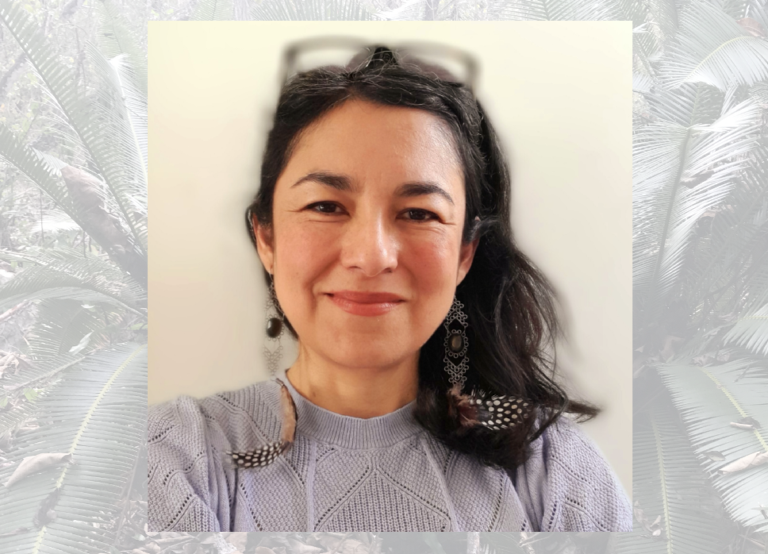
I am an evolutionary biologist and botanist. I research the processes that underlie plant ecological patterns. How do plants adapt to their changing landscape? What is the role of symbionts in their adaptation? The role of humans? I use ecological and evolutionary genomics within an integrative taxonomy framework to answer these questions.
Keywords
Ecological genomics, integrative taxonomy, phylogenomics, microbiomes, cycads, CWRs, inter-disciplinary research.
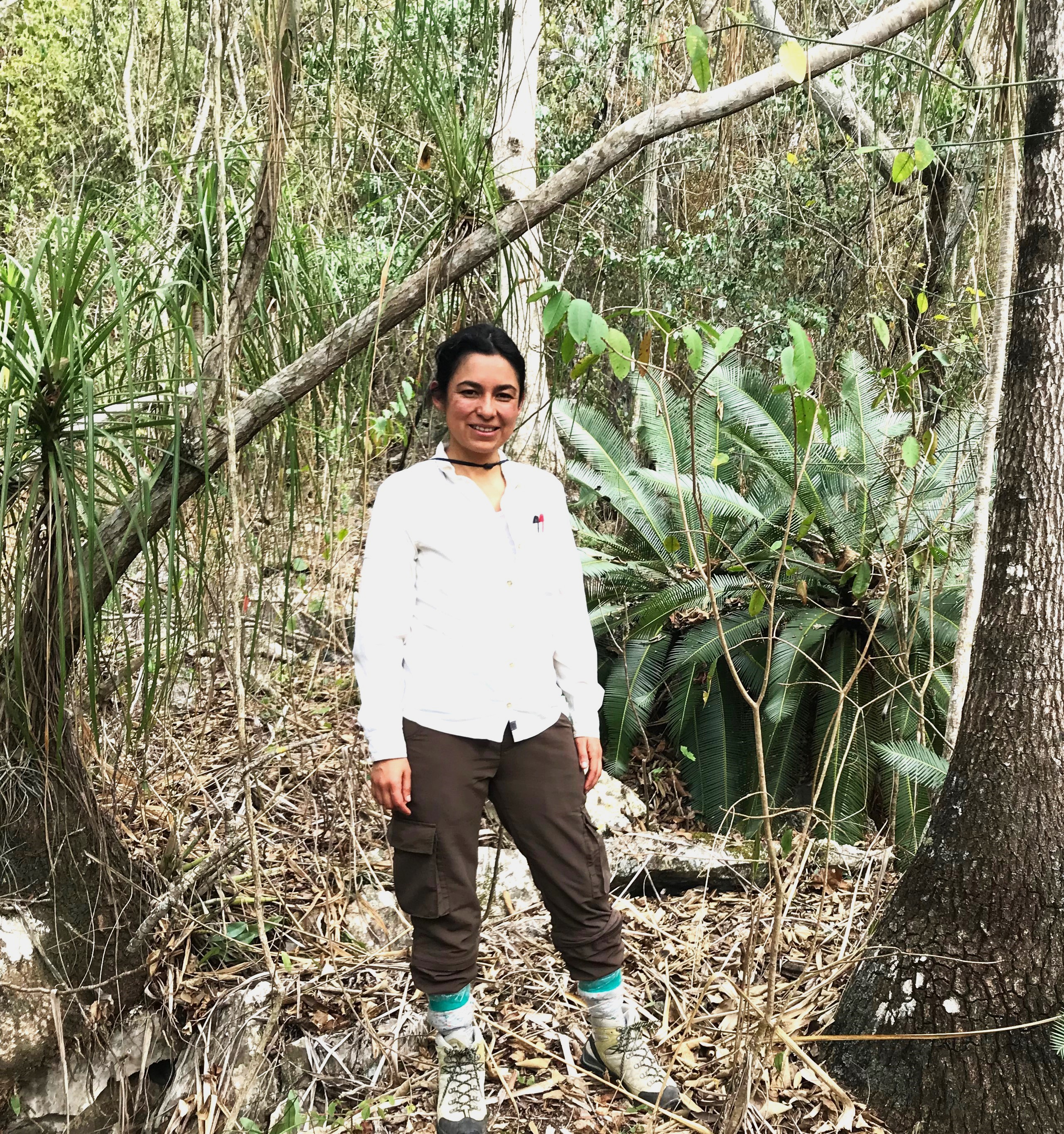
Researchinterest
I research how plants adapt to their local landscapes, including those that have been transformed by humans. I work on cycads and crop wild relatives.
Cycads are an emerging model for plant research, they are ancient gymnosperms that survived major extinctions, possibly via their symbiotic interactions with insects and microbes. I use genomics and integrative taxonomy to explore how they co-evolve and adapt to their landscape. They are the most endangered plants worldwide, so I also research their ethnography and conservation. In crop wild relatives, I want to understand their taxonomy, origin, their journey from the tropics to Europe, and the genetic mechanisms that underlie their transformation into crops by humans.
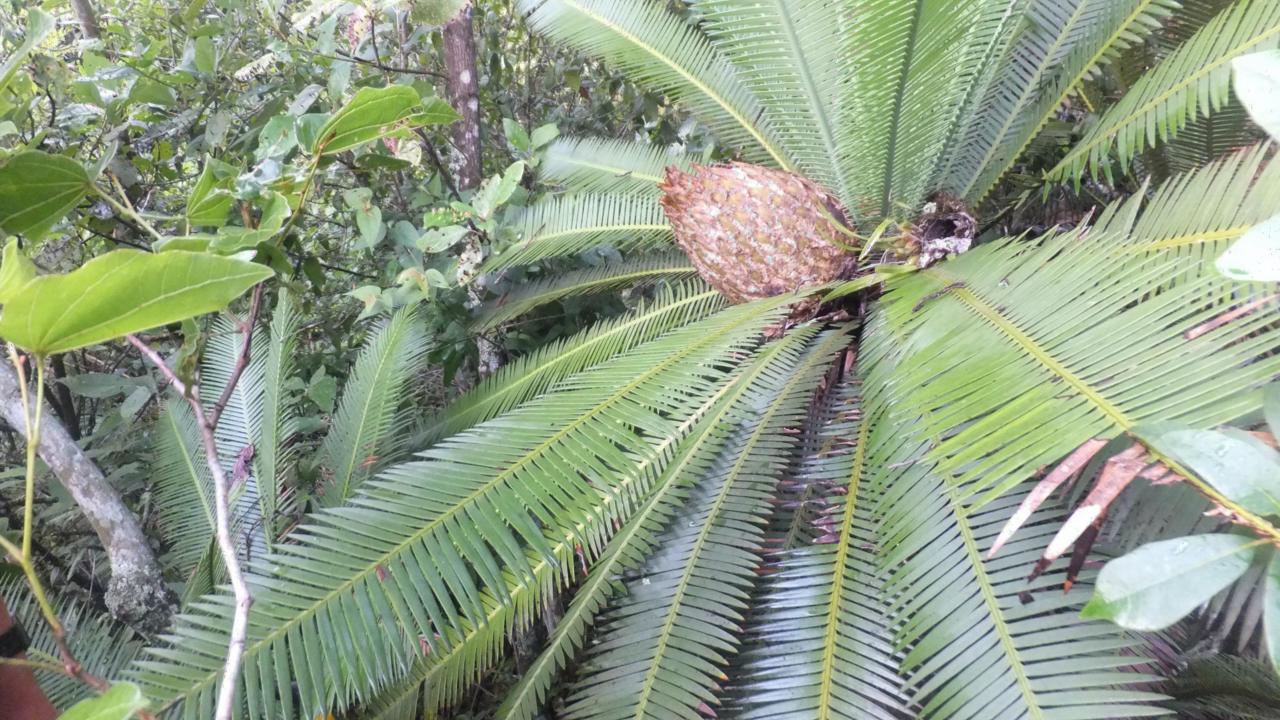
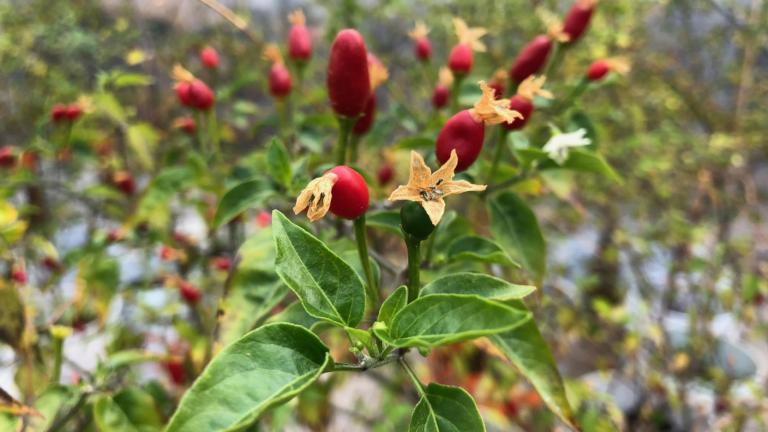
Currenttopics
Come join me in discovering and describing plants and their evolutionary history.
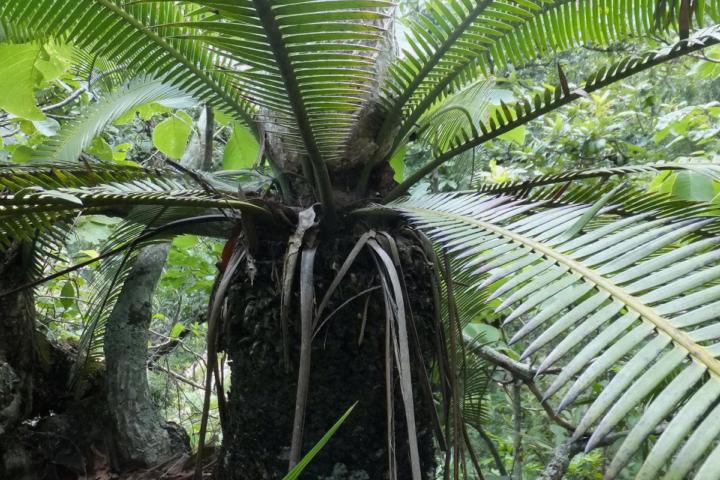
Surviving Extinction: Genomic insights to cycads resilience
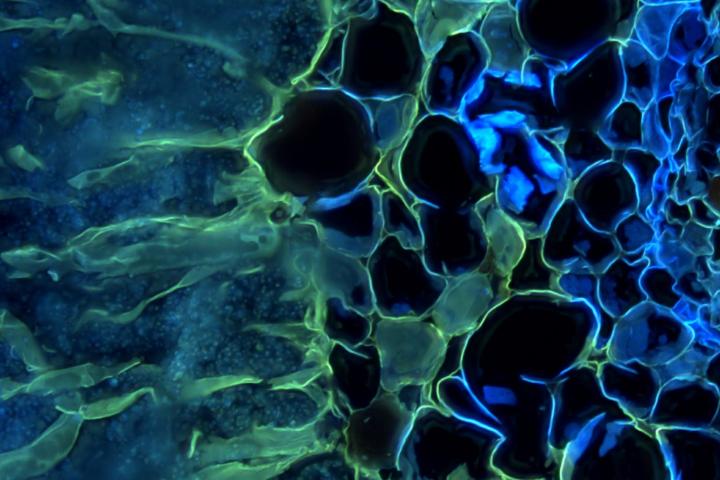
Microbial Plant Symbionts

Integrative taxonomy
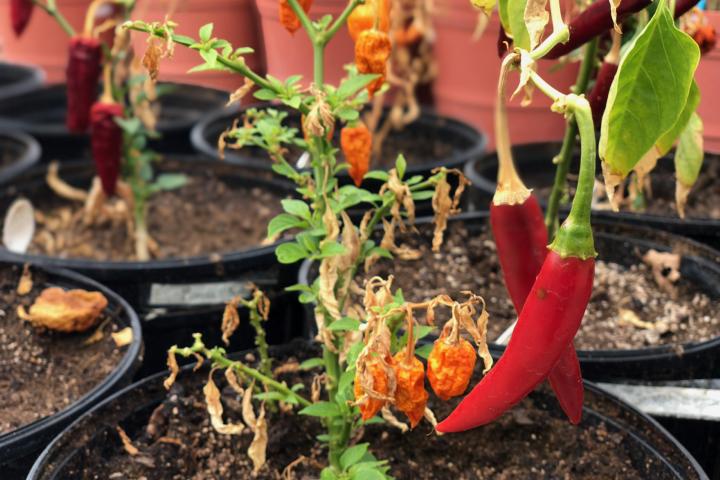
Genomics of crops and their crop wild relatives
Keypublications
- Bustos-Diaz E.D., Cruz-Perez, A., Garfias-Gallegos, D.; D'Agostino, P.M.; Gehringer M.M., Cibrian Jaramillo A., Barona-Gomez, F. Phylometagenomics of cycad coralloid roots reveals shared symbiotic signals. Accepted Microbial Genomics. DOI 10.1099/mgen.0.001207.
- Gutierrez-García, K., Whitaker M.R.L., Bustos-Díaz, E.D., Salzman S.,Ramos-Aboites, H.E., Reitz Z.L., Pierce N.E., Cibrian-Jaramillo, A., Barona-Gómez, F. 2023. Gut microbiomes of cycad-feeding insects tolerant to β-methylamino-L-alanine (BMAA) are rich in siderophore biosynthesis. ISME Communications (3). www.nature.com/articles/s43705-023-00323-8#citeas.
- Díaz-Valenzuela, E., Hernández-Ríos, D. & Cibrián-Jaramillo, A. 2023. The role of non-additive gene action on gene expression variation in plant domestication. EvoDevo 14, 3. https://doi.org/10.1186/s13227-022-00206-4.
- Dunn RR, Burger JR, Carlen EJ, Koltz AM, Light JE, Martin RA, Munshi-South J, Nichols LM, Vargo EL, Yitbarek S, Zhao Y and Cibrian-Jaramillo A. 2022. Urban Archipelagos: A Theory of City Biogeography and the Origin of Species. Frontiers in Conservation Science. Vol 3.
- Under the Shade of Thipaak: The Ethnoecology of Cycads in Mesoamerica and the Caribbean. 2022. Carrasco M.D., Cibrián-Jaramillo A.*, Bonta M.A., Englehardt J.E. (editors), University Press of Florida. 342pp. 2023 Society for Ethnobotany Daniel F. Austin Award.
- Díaz-Valenzuela E., Sawers, R.H., Cibrian-Jaramillo, A*. 2020. Cis- and Trans-Regulatory Variations in the Domestication of the Chili Pepper Fruit, Molecular Biology and Evolution (37) 6: 1593–1603.
- Gutierrez-Garcia, K. Bustos-Diaz, E.D., Corona-Gómez, J.A., Ramos-Aboites H.E., Selem-Mojica, N., Cruz-Morales P., Perez-Farrera, M.A., Barona-Gomez, F. Cibrian-Jaramillo, A*. 2019. Cycad Coralloid Roots Contain Bacterial Communities Including Cyanobacteria and Caulobacter spp. That Encode Niche-Specific Biosynthetic Gene Clusters. Genome Biology and Evolution 11(1): 319–334.
- Bonta M., Pulido-Silva M.T., Diego-Vargas T., Vite-Reyes A., Vovides A.P., Cibrian-Jaramillo A*. 2019. Ethnobotany of Mexican and northern Central American cycads (Zamiaceae). Journal of Ethnobiology and Ethnomedicine (15) 4. https://doi.org/10.1186/s13002-018-0282-z.
Check out other publications: https://scholar.google.com/citations?user=z5fj4foAAAAJ&hl=en
Students
Write to me if you are interested in joining the search for plant's evolutionary secrets!
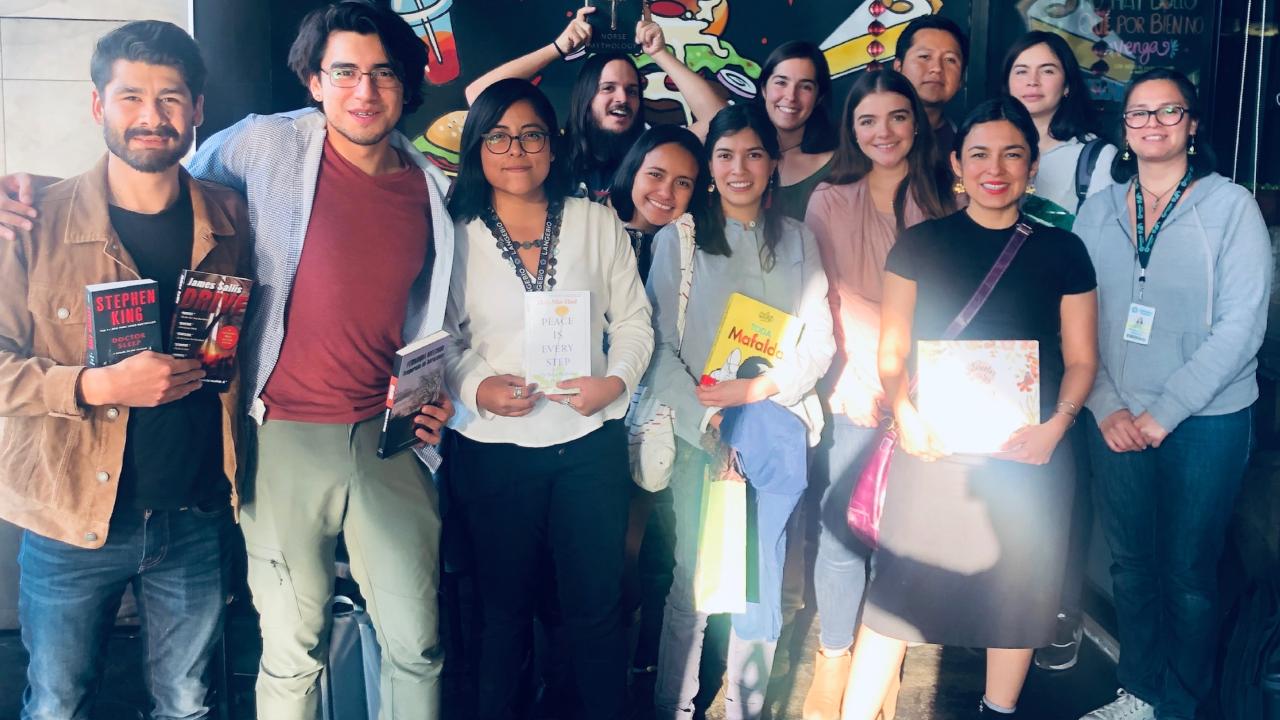
In themedia
My research has been featured in newspapers, talks and interviews. Here are two snapshots: https://youtu.be/-mpq4x0nIcQ (In Spanish TV Canal Once). Informal interview during corona https://www.youtube.com/watch?v=2G4a-8HowVM (English);
My work illustrated by Maya Edelman and used in the UN Nagoya Protocol:


Teachingactivities
Planning the Tropical Biodiversity Course in Indonesia (terrestrial habitats). Stay tuned and check our courses here.